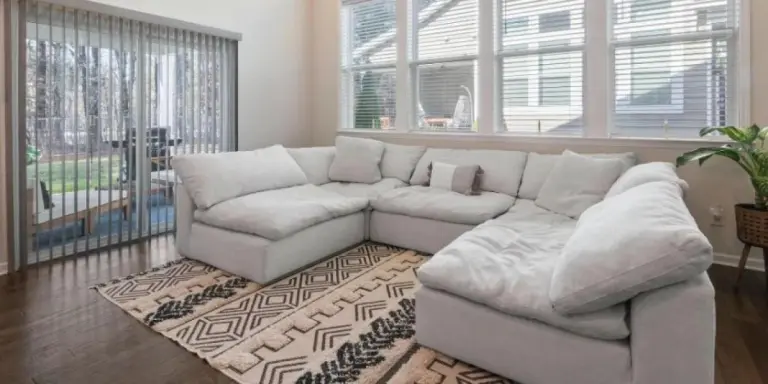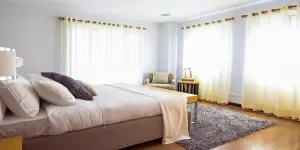Modular sofas are sofas that are composed of individual pieces which can be arranged in a variety of configurations. The versatility of a modular couch enables it to adapt to a customer’s changing needs as they evolve through different life stages. These are the latest modular sofa trends businesses should know before breaking into the market.
Table of Contents
Why modular sofas are in demand
The latest modular sofa trends
Future of the modular sofa market
Why modular sofas are in demand
Globally, the furniture market was valued at USD 648.12 billion in 2021 and is expected to expand at a compound annual growth rate (CAGR) of 5.7% between 2022 to 2030.
The industry consists of both commercial and residential customers, with the residential sector holding a major share of the market due to the necessity of sofa sets for home and backyard seating needs. As a result, the sofa and couch segment of the market is expected to register a CAGR of 6.9% from 2022 to 2030, with industry growth partially influenced by the rising trend of modular furniture.
Modular sofas are made up of individual seating sections that connect to each other to form a finished design. Due to their flexibility and easy disassembly, modular sectionals are commonly kept by customers as they move from home to home.
The latest modular sofa trends
Endless configurations
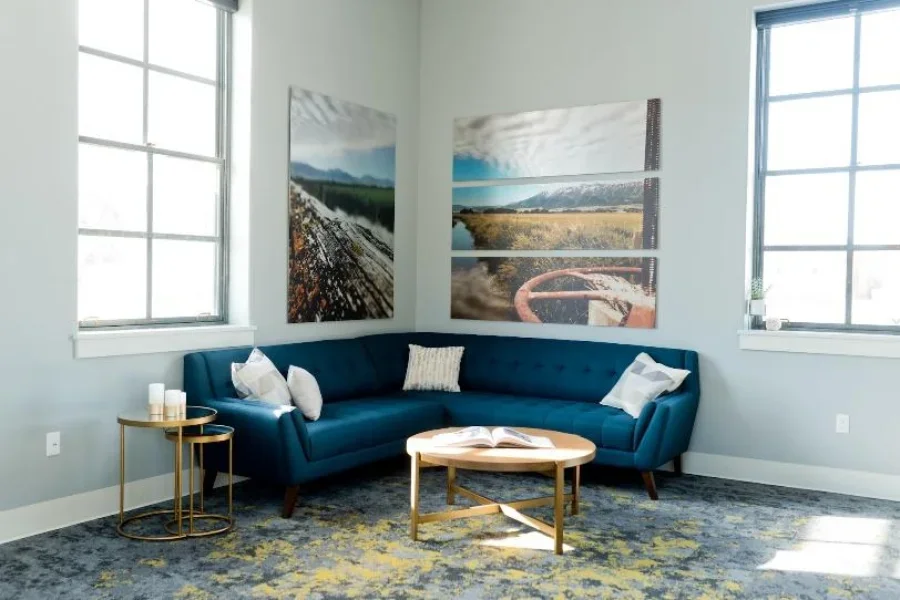
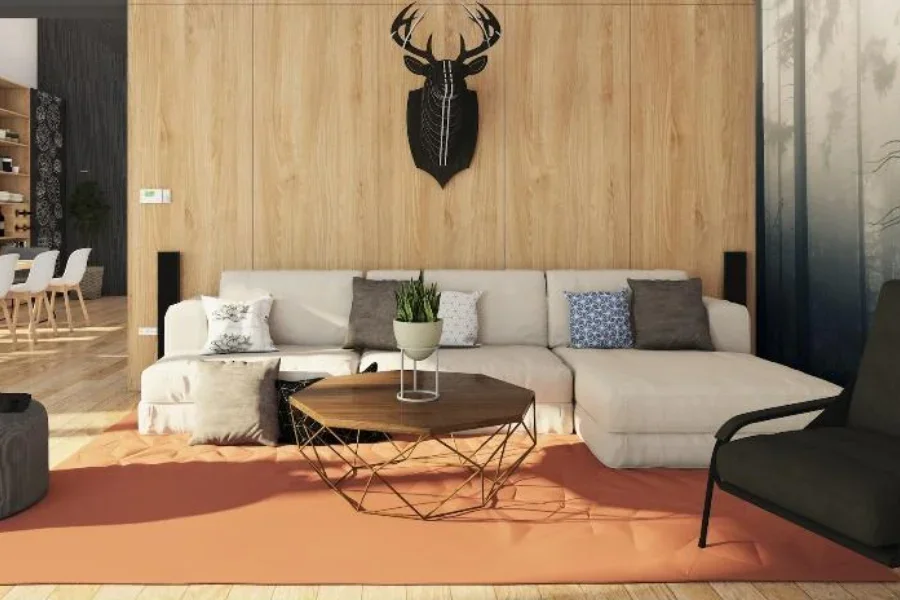
The main appeal of modular sofas is their ability to be combined in endless configurations. Limitless modular reconfiguration options enable sofas to transition seamlessly from a small city apartment to a larger home. From a two-piece loveseat to an 8-seat corner sofa, customers should be able to add or remove sections any time to customize the couch to their space and needs.
Some modular sectionals can be crafted with easy-to-use connector clips or built on a grid-based modular platform, which allows modules to be added in any direction. Modular couches should be configurable into U-shaped or L-shaped styles, with the option to also extend into a chaise lounge sofa or a large and deep pit sectional. Sofa modules that can even be used as individual seats will help customer’s complete their overall seating area.
To enable the sectional to transform into a sleeper sofa, recliner modules or removable back cushions can be included to make the sofa extra deep and comfortable.
Storage compartments

Storage compartments transform a modular couch into more than just a seating area. Hidden storage offers additional functionality for keeping throw blankets, pillows, and remotes out of sight when not in use. A common technique for building storage into a modular sofa is with storage ottomans or consoles that can be attached to the sides of the sofa or placed separately in front as a footrest.
Storage components can even be integrated into the base of every seat so the entire sectional can be used as extra storage space. Some modular sofas also come with attachable coffee table or side table units or backrests and armrests designed with an open concave structure to allow for book storage or décor display. The storage units can be equipped with cup holders, LED lights, power bars, and USB outlets.
Durable materials

Since modular sectionals are designed to be used for a variety of purposes over the span of many years, sofas constructed from long-lasting and durable materials are important.
Customers may look specifically for couches made from waterproof, stain-resistant, or pet-friendly fabrics. Kiln-dried hardwood frames, high-gauge spring systems, steel-reinforced legs, heavy-duty connector hooks, and memory foam or premium feather blend cushions are other indicators of high-quality construction. Removable, reversible, and machine-washable seat and back cushion covers also allow for easy maintenance.
Nowadays, people may suffer from breathing problems and skin irritation triggered by formaldehyde-based items. Therefore, many customers are shifting towards formaldehyde-free sofa sets, FSC-certified wood, and sustainable materials such as recycled textiles, bamboo, and rattan.
Customizable elements

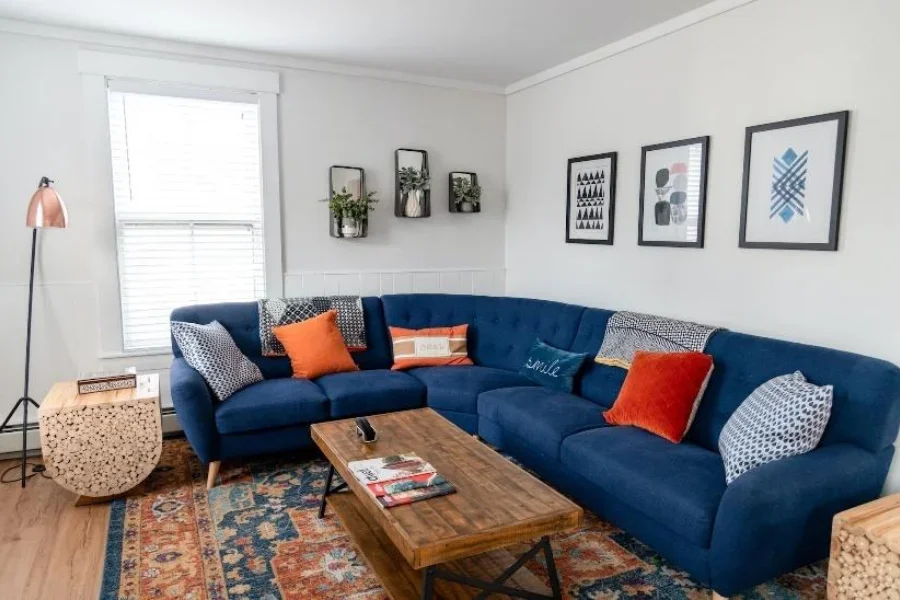
Customization of all sofa elements is key when it comes to modular design. Businesses should offer a vast selection of upholstery styles and colors ranging from neutral shades of gray, beige, cream, and white to bold statement colors like green, red, orange, purple, and blue. Modular sofas can even come with removable covers to allow customers to replace the color of their couch at any time.
Modular sofas should also be available in a variety of material options, such as leather, velvet, microfiber, linen, chenille, and performance fabrics, which are fabrics that are easy to clean and tough enough to withstand wear and tear.
Other personalized elements include custom leg finishes, frame finishes, base styles, and arm or pillow styles. Optional add-ons like matching throw pillows, ottomans, side tables, or even a weighted blanket give customers additional ways to personalize their sofa.
Modern design
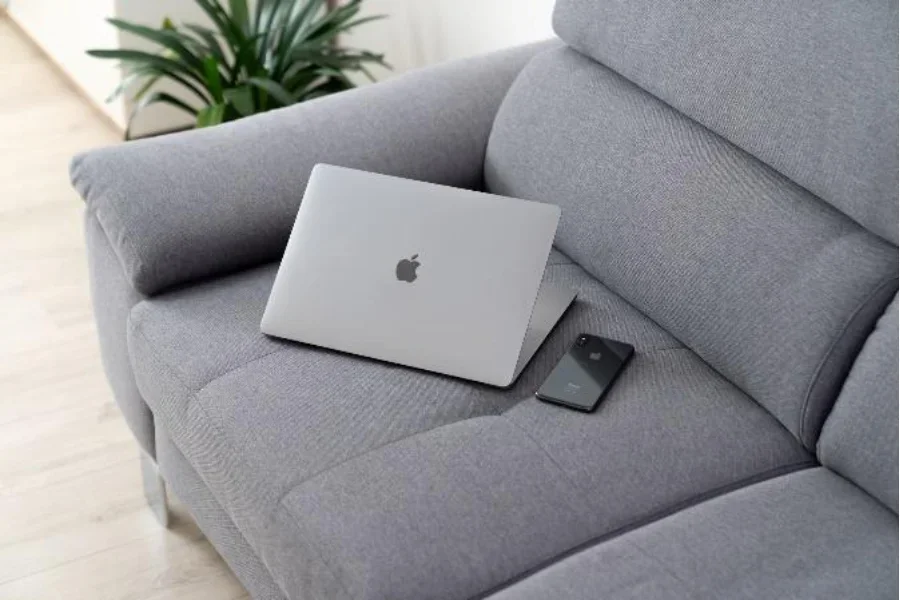
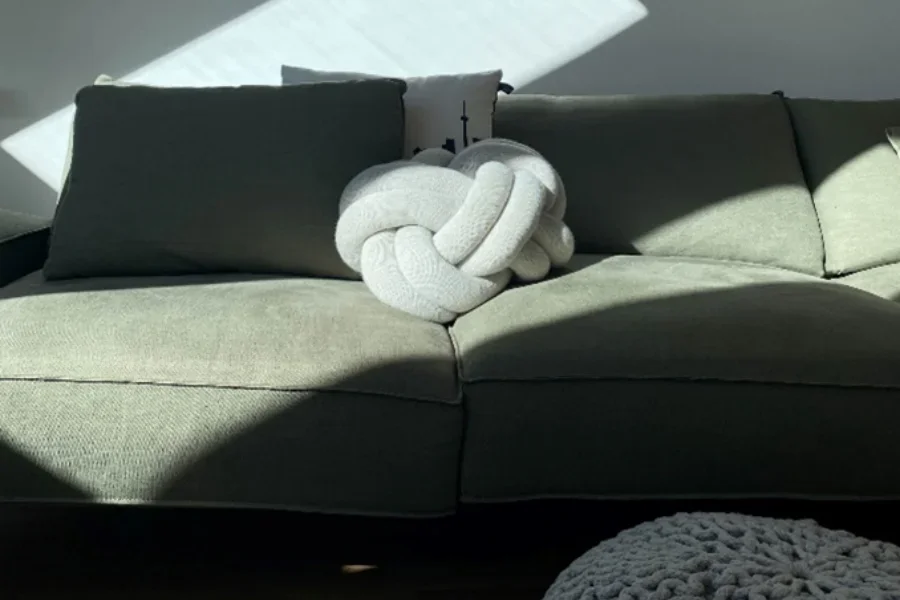
Modular sectional sofas are innovative furniture pieces that are most popular in modern designs. Modern couches are designed to look simple and comfortable and are defined by sculptural pillowy cushions paired with crisp lines.
Contemporary sofas that feature minimalist Scandinavian-chic silhouettes can be further enhanced with deep and low profiles that are ideal for lounging. Additionally, soft curved edges along the armrests or along the entire sofa enable the couch to appear extra soft and take up less space in smaller homes. Armless inserts can also be included with some modular sectional couches for another versatile yet sleek and streamlined style.
Future of the modular sofa market
Whether for office furniture or for home furnishings, modular sofas are a new and growing trend in the furniture market because of how exceptionally flexible and functional they are. There are a few major trends businesses should be aware of before investing in the industry. In addition to modular sofas with endless configurations, customers may be interested in built-in or add-on storage compartments, high-quality and durable materials, and many customizable elements. They may also look for modern design with minimalist lines and an overstuffed appearance.
Looking forward in the market, there is an increasing wave of millennials buying homes, which is boosting the growth of the sofa and couch market across the globe. Millennials are investing in more home improvement projects per year than other age groups and will be a key consumer group for businesses to target in future.
